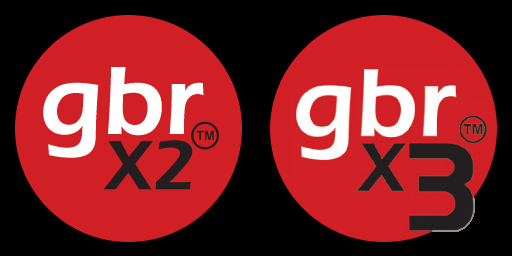Select a PCB product or test fixture and then click on the Test Fixture button to open the Test Fixture Designer module.
If a test fixture already exists for the selected PCB product, you may choose to create a matching opposite side fixture; which will have the same press point and board locations. Otherwise, you must choose a test jig size and a fixture style. Note: If a test fixture was selected when opening the module, then a matching fixture will be created.
Creating a test fixture in Macaos Enterprise involves several steps:
-
Select a test jig style and fixture style. Select or specify a fixture material and other dimensions, as appropriate. Set a check mark if you wish a protective cover.
-
Click on the Redraw fixture button to view the fixture and jig.
-
If desired, annotation text may be added to the fixture plate. Enter the desired text in the Text to place edit box, select a rotation, and click on the Place text button (so that it is down). Then click at the desired location to place the text. Right-click on the edit box to load texts such as the product number or company name.
To delete text, click on the Delete text button (so that it is down) and then draw a selection rectangle around the text to delete.
-
If you have chosen a box-style fixture, then you may place connector openings in the side walls of the fixture. Select a connector style and click on the Place connector button (so that it is down). Then click at the desired location within the fixture top plate or any of the side walls.
If large enough, the connector name is displayed inside the opening for the connector body. To change the connector name, right-click on the connector in the list and select Change connector description.
To delete a connector, right-click on the connector and select Delete.
-
The piston offset should be set to the actual position of the handle piston of the test jig. (For the Macaos standard jig, this would be 32mm plus 8mm for each spacer plate used when mounting the handle on the jig.) Use the green Offset buttons to adjust the piston offset from the back edge of the active area. The press point offset buttons will move the press point down or up 10mm per click. If you press the Shift key, then the press point will move 1mm per click.
-
Use the blue Rotate and Offset buttons to place the board within the active area, as necessary. The board offset buttons move the board right or up 10mm per click. If you press the Shift key, then the board will move 1mm per click.
Note: If all of your test points are on the top side of the PCB, you may use the blue Flip button to turn the PCB upside-down in the test fixture editor. This mirrors the board, and allows placing test pins at pads on the copper top layer (rather than the copper bottom layer).
-
To place pins, go to the Pins tab. Select the type of pin to place and click on the Place pins button (so that it is down). Then click at the desired location to place the pin.
- Press/support pins may be placed at any location.
- Guide pins (used to align the PCBA on the fixture) may only be placed at a hole of suitable diameter.
- Edge guide pins may be placed at any location along the edge of the PCB. A hole with the specified diameter will be placed one pin radius from the board edge.
- Test pins may be placed at any hole or pad.
If test points (components with Test point class) have been defined (in the Assembly Data Manager) on a component layer, they may be imported as test pins.
When placing a test pin, the following should be specified:
- Designator and pin number (recommended)
- Signal name (recommended)
- External connector pin (optional)
- Test pin head style (optional)
The signal name and connector pin number are used to generate a wiring list for the test fixture.
Although this is not recommended, you may also modify the pin location and/or hole diameter, if desired.
Note: The minimum allowed edge-to-edge spacing between pin holes is 0.4mm
To edit a test pin, right-click on the pin in the list. Guide/support/press pins are not normally shown in the list. Right-click on the list and choose Show guide pins in list to make them visible.
To delete pins, click on the Delete pins button (so that it is down) and then draw a selection rectangle around the pins to delete.
-
Ideally, the press point should be located over the centroid (geometric center) of the fixture pins. Click on the Centroid button to move the board so that the pin centroid is aligned with the press point. Note: If pins fall outside of the active area or test fixture, then you will need to adjust the press point offset and/or adjust the position of the board. (If you change the press point offset, then you may also need to click on the Centroid button again.)
-
Go to the Z-axis tab to check the z-axis spacing for the jig and fixture. Specify the dimensions as necessary, and select guide pin and test pin types. Use the radio buttons to view spacing with the jig handle up and down.
When the handle is down, if there is too little or too much spacing between the fixture plate and the PCBA, then a warning message is displayed in the diagram.
Note: Test pin dimensions are based on the test pin connecting to the surface of the PCBA. In cases where the test pin will contact a solder bump or component lead some extra space will be needed. It is therefore advisable to have 1-2mm of deflection space available when the handle is down.
Note: The most recent view of each Z-axis diagram (handle up and handle down) will be included with the fixture data when the fixture is published. If you do not view a diagram, then it will not be included.
- When you are finished placing pins and positioning the press foot and board, click on the Publish button to publish the test fixture product to the Product browser. This generates a drill file for the fixture plate, as well as a wiring list and documentation.
-
When creating a test fixture as a PCB, use the Gerber or DXF button to generate a Gerber or DXF file which contains the outline of the test circuitry PCB as well as pads indicating the location and diameter of holes in the test circuitry PCB.
-
A pad annotated with the letter G represents the location and diameter of a non-plated hole for a guide pin. Note: Pads are not annotated in a DXF file
-
A pad annotated with the letter S represents the location and diameter of a non-plated hole for a support pin. Note: Pads are not annotated in a DXF file
-
All remaining pads represent the locations and diameters of holes for a test pin receptacles. On the test circuitry PCB, these should be plated holes with appropriate padstacks. In a Gerber file, each test pin location is annotated with the Des:Pin of the test point.
This Gerber or DXF file may be imported into your CAD system as a guide for development of the test circuitry PCB.
-
After the fixture product has been published, the Operations|Print|Documentation set command will create a PDF file listing the product parameters and wiring list, together with a drawing which shows the location of each test pin.




